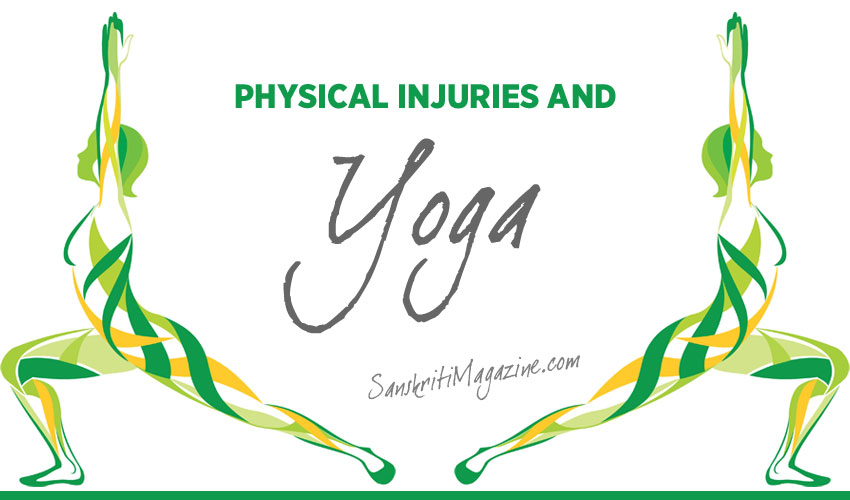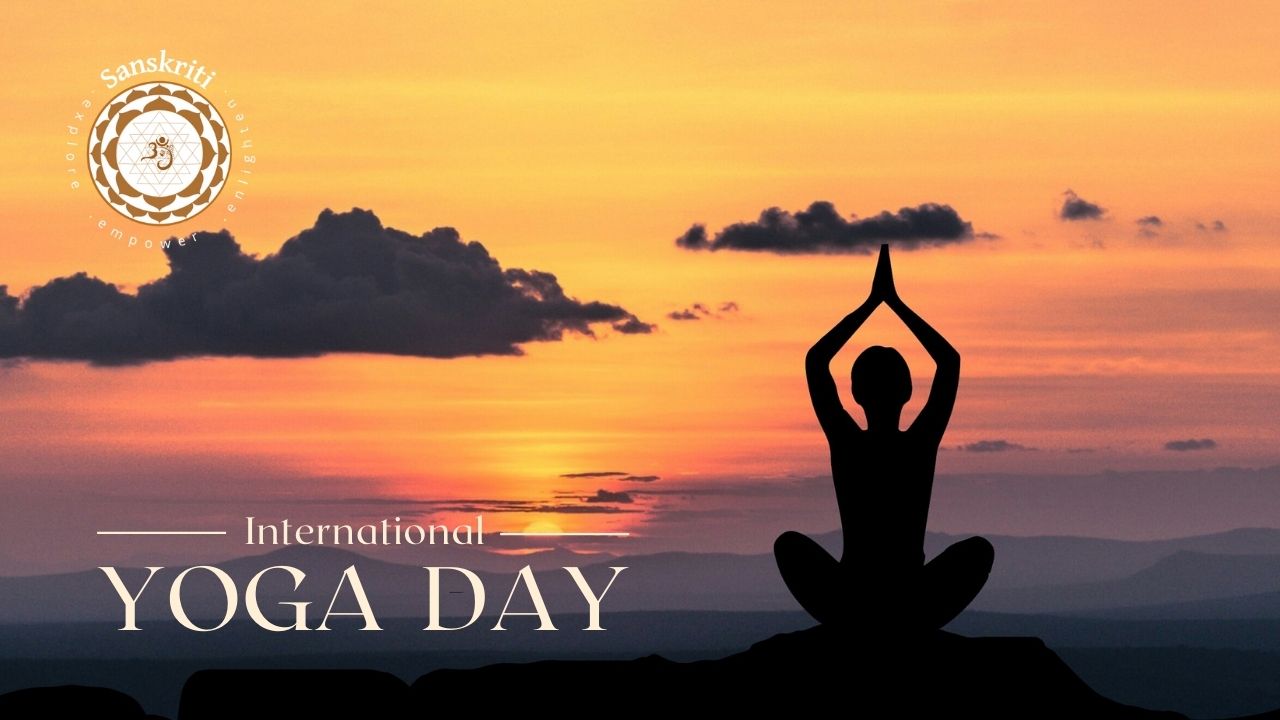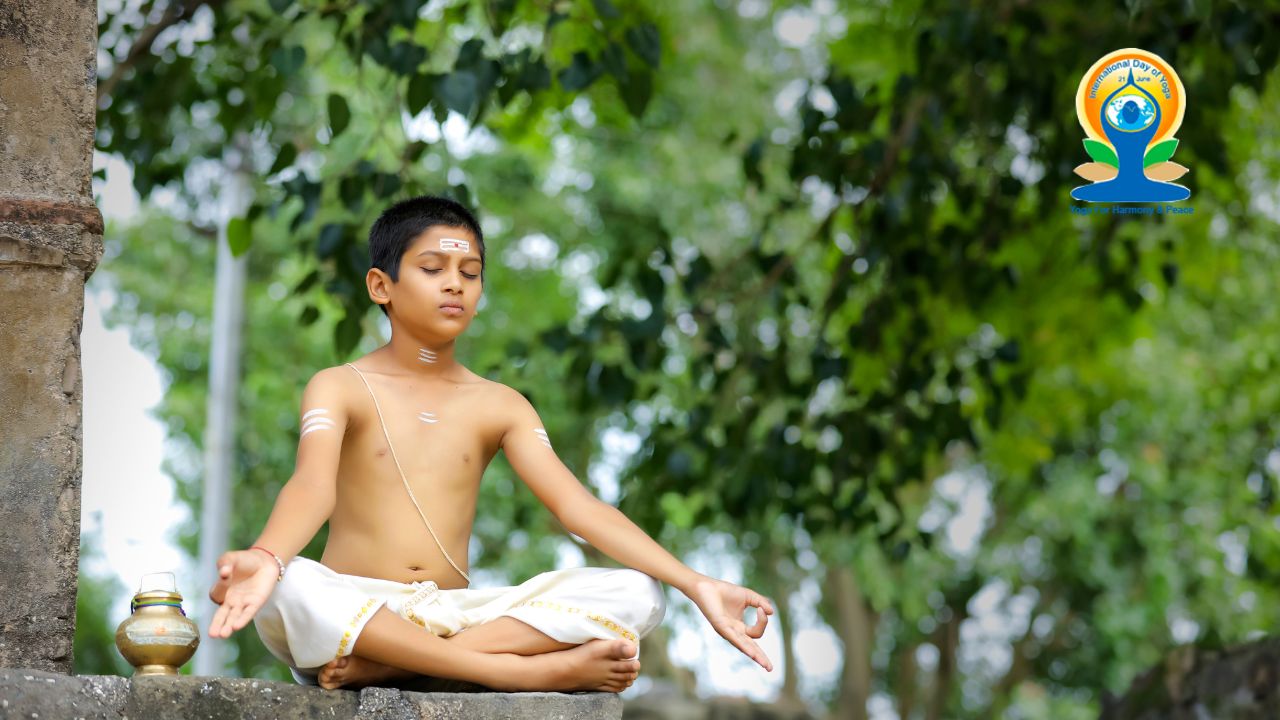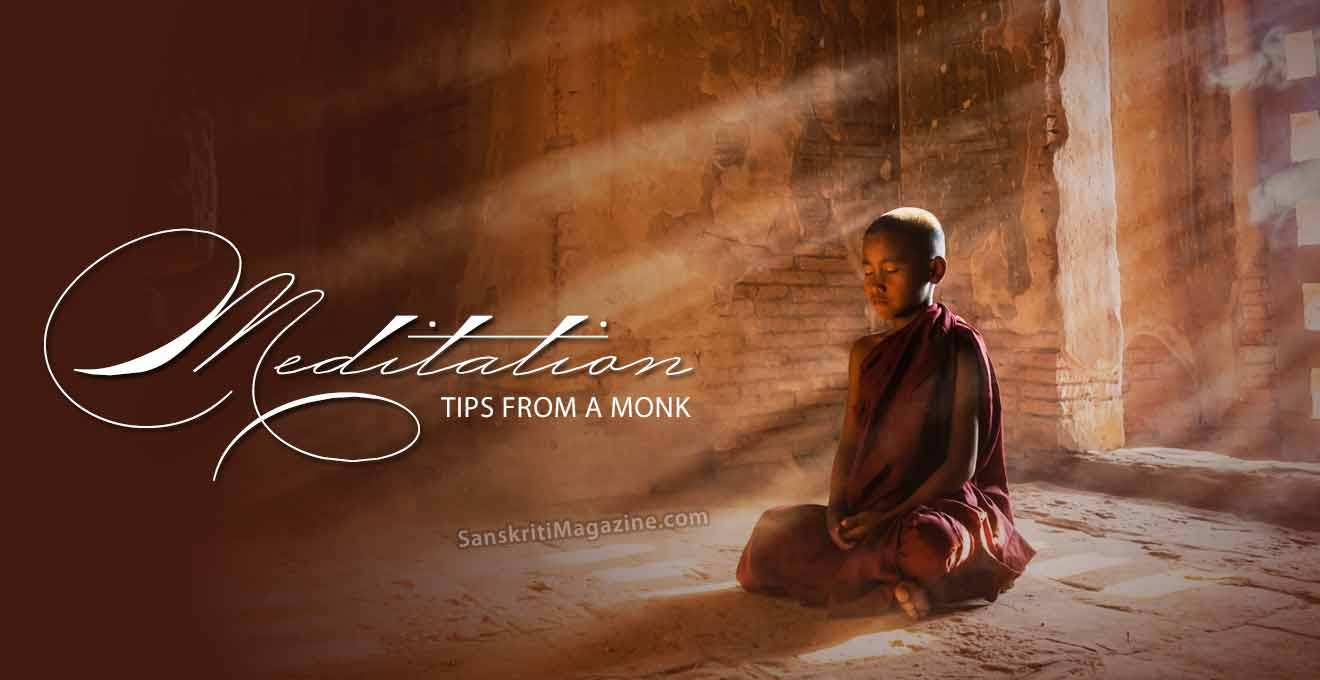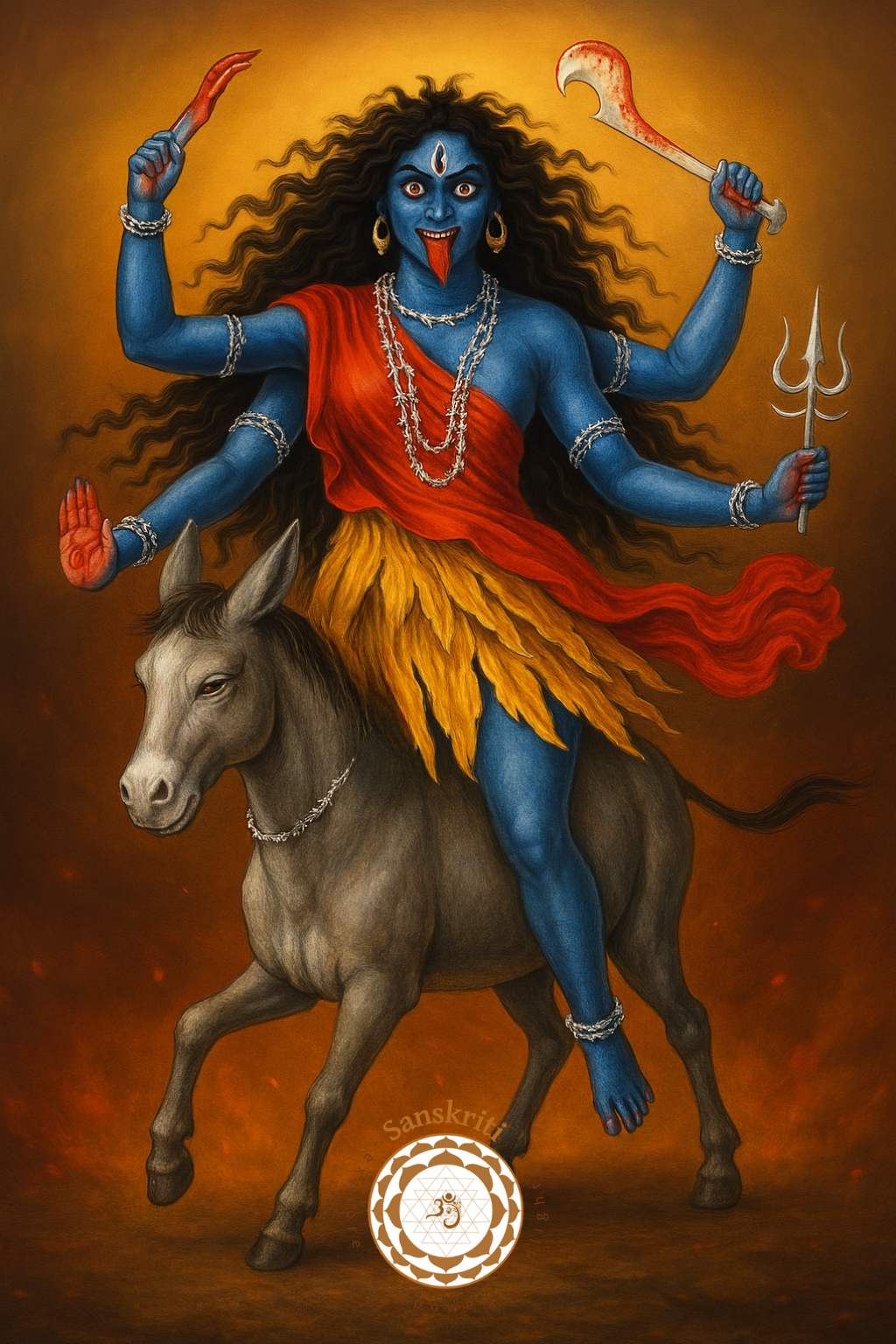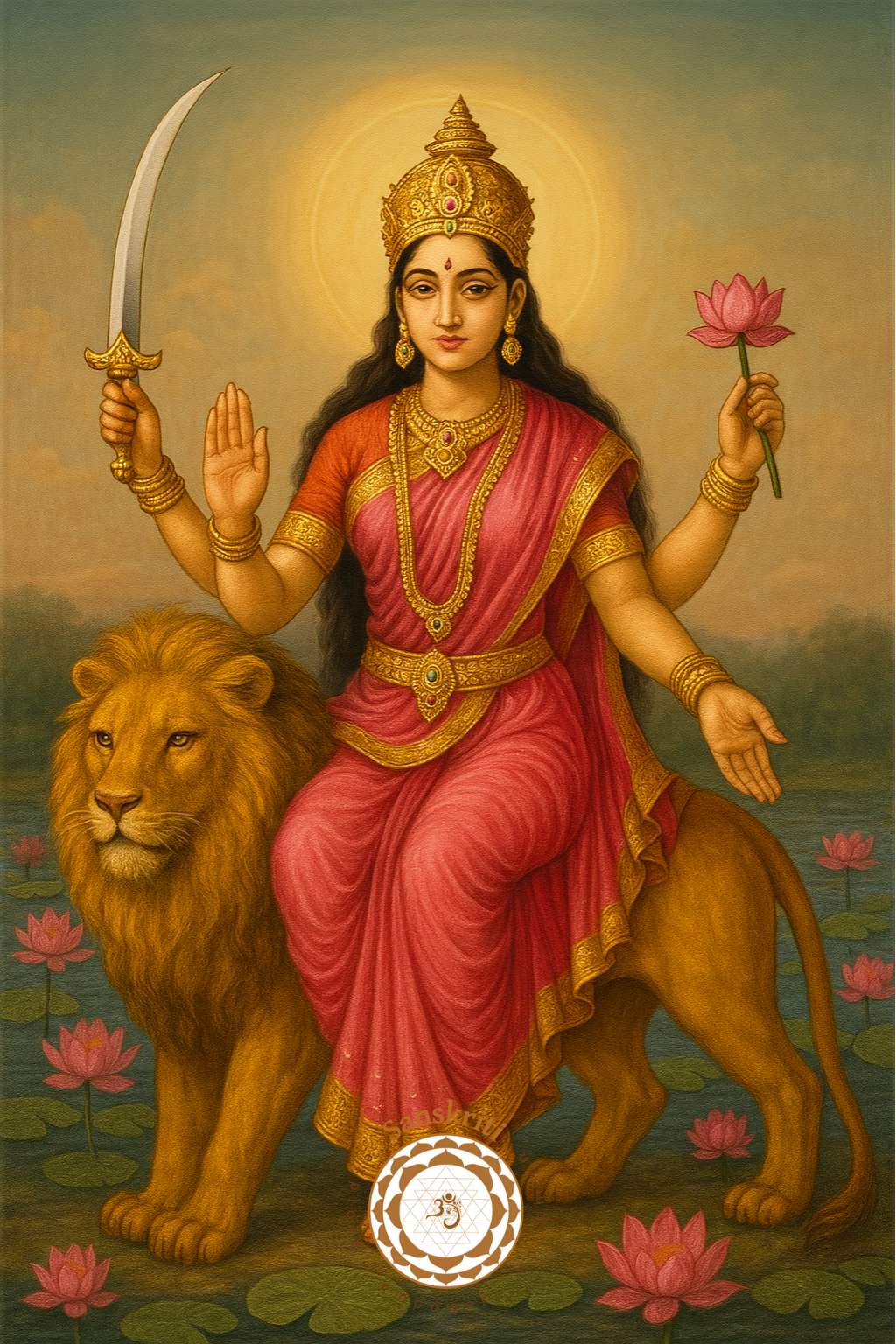About twenty-five years ago I had several bad falls in a few years – down a flight of steps, off a horse, and two incidents snow skiing. This left me with various injuries to disc and connective tissue, and in a fair amount of pain. My doctor advised me to try yoga, explaining that my stiff body had contributed to the damage and I needed to loosen up.
Not only has the yoga loosened me up but it has opened up a whole new understanding of my body and my life. But can yoga help in injury? Did it help me recover from my falls and prevent further injury?
Firstly, we need to be clear on what we mean by ‘yoga’, especially when used in the context of a therapy. Mostly we think of yoga only in its hatha form i.e. asanas or postures used to stretch, strengthen and balance, and pranayama or breathing practices to create more effective and efficient respiration.
But there is much more to yoga than what is seen and experienced on the physical level.
When we do our daily set of practices it is easy to lose the all-important awareness that yoga teachers continually emphasize. If while we are practising our mind is busy planning the shopping or going over a conversation, then we are not in fact ‘doing’ yoga, we are simply exercising. Yoga can be seen as exercise with awareness of what you are doing, how you are doing it, and the changing sensations created both during and after movement.
Yoga requires that we get out of our heads and into our bodies.
We need to tune into sensations of pressure, pain, tingling, itching, stretching, heaviness, lightness, ease, and so on. We learn to find our limits and work with them rather then against them – vital in recovery from injury to prevent further damage. Through this experience we get to really know our bodies and then we get to know the other dimensions of ourselves – our pranic flows, our feelings, emotions, weaknesses, strengths, ambitions and needs.
In yoga we recognize that injury or trauma on the physical level is also reflected in the level of mind, emotions and prana (vital energy /chi/ qi)
Healing of an injury is prolonged if these aspects of ourselves (our pranic flows, our feelings and emotions) are not also cleared of trauma. At the site of an injury we know that prana is blocked. As healing starts prana begins to flow again and its flow is vital to complete healing. Blocks to prana can be cleared by physical movement, and body-working types of therapy. As joints and muscles are brought back to full mobility more prana will flow. When we gain mobility through yoga asanas we clear the blocks more easily and when we experience our prana we have a chance of directing it to speed up the process of healing.
Plenty of fluids are needed to help move prana so drinking plenty of water daily is important to recover.
We can also work on clearing blocked prana using the relaxation and meditation techniques of raja yoga – the yoga of the mind. When we have gained insight into our thoughts and mental patterns, we can then use our minds in a positive and constructive way not only in healing but also to reach our goals, whether they be sporting or otherwise. Meditations specifically related to pranic flow, strengthening and healing of injured tissue and clearing away the toxins are easy to learn and they are powerful in speeding up and completing the healing process.
We also need to recognize the phenomenon of cellular memory. Each cell remembers everything it has ever done! It is said that scar tissue can be dramatically reduced by clearing the trauma from our cellular memory through the power of the mind.
Many of us just don’t know what to do with our feelings and carry them around in our muscles, joints and organs. When we are comfortable with expressing our feelings, they no longer have to be stored inappropriately, creating tightness and tension and reducing the pranic flow. Bhakti yoga can help us to learn to express what we feel in a joyful way usually through music and singing. Never be embarrassed to break out into song!
Yoga is the experience of all these aspects of ourselves working in unity.
Yoga has helped me recover from injury and importantly it continues to help me avoid injury by working not only on my body but on all those other facets of my being that would otherwise undermine my wellbeing. I have struggled to really accept my pain and inability, always wanting to do things beyond my capacity and then creating further injury! Now I am more able to not do – to rest completely when appropriate, and get into my many yoga practices that can enhance the level of rest. I do occasionally need other therapies.
In the end it’s up to us!
We all need to take full responsibility for where we are at moment to moment. We need to discipline ourselves to help ourselves, and we need to reach out for the appropriate help when in pain. I am happy to work with osteopaths, chiropractors, physiotherapists, massage therapists and those who teach Feldenkrais and Alexander Technique. All have plenty to offer our injured bodies and souls, and yoga is definitely a complementary therapy. But in the end it’s up to us!
~ Swami Bhaktipoornananda Saraswati

